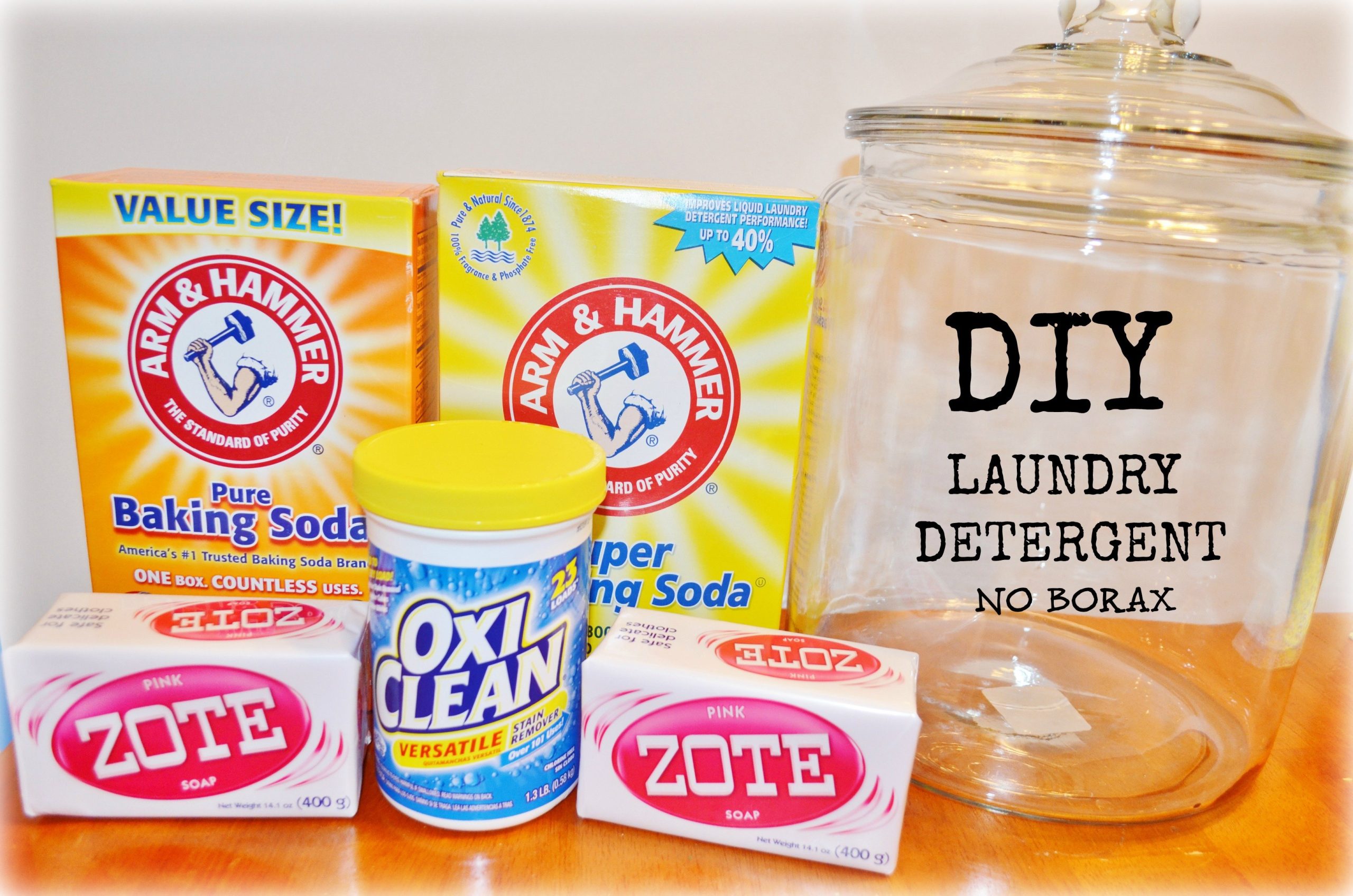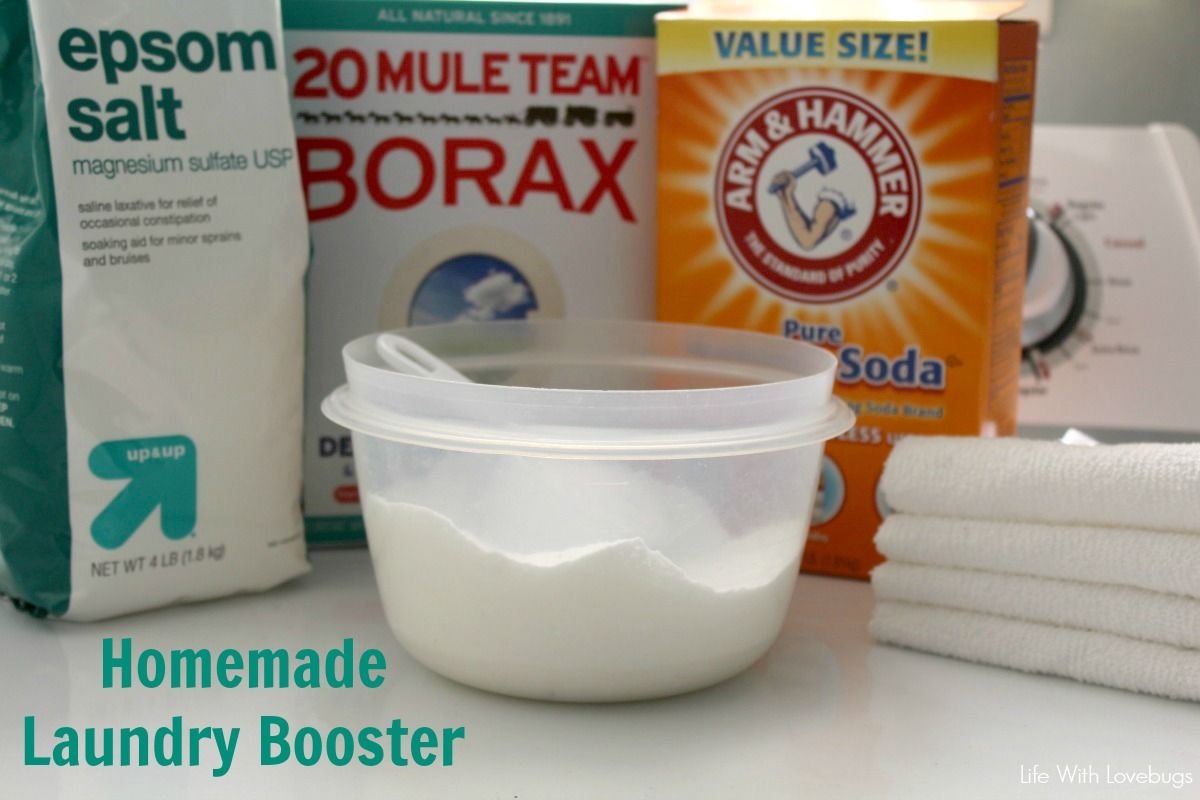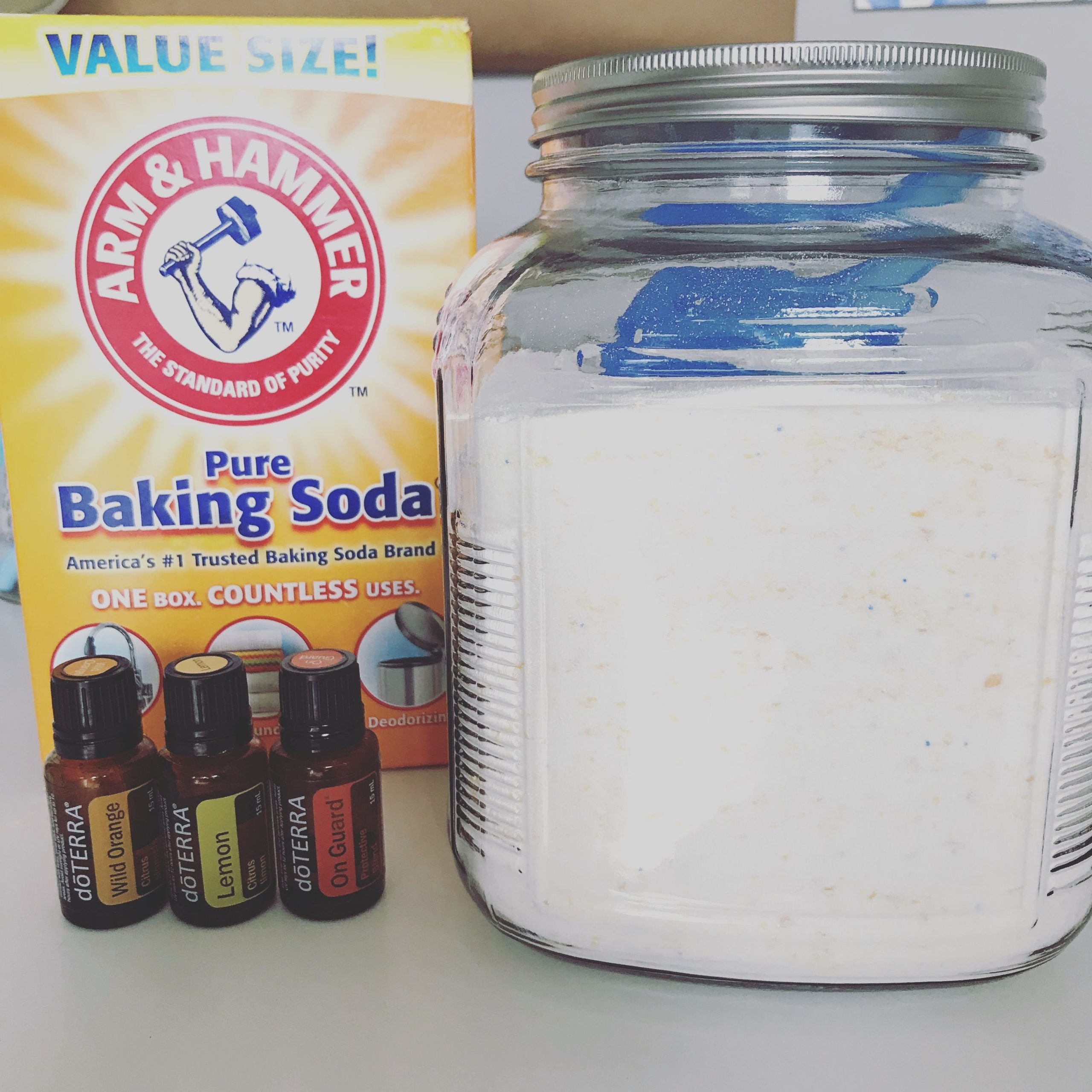If you’re looking for an eco-friendly way to clean your clothes, then creating your own homemade laundry detergent with baking soda is a great option. Baking soda is a natural cleaning agent that can remove dirt and stains from your clothes quickly and easily. Plus, it’s gentle on your clothes and the environment. In this article, we’ll show you how to make your own baking soda laundry detergent, along with its benefits.
Key Takeaways:
- DIY laundry detergents using baking soda give you control over ingredients, ensuring a safe and healthy cleaning solution.
- Avoid harsh chemicals, fragrances, irritants, and allergens by making your own detergent.
- Baking soda softens fabrics and neutralizes odors, making it an effective ingredient for natural laundry detergent.
- Adding sea salt enhances cleaning power and reduces static, while washing soda boosts cleaning effectiveness and removes stains.
- Epsom salt adds softness and deodorizing properties to the detergent.
- Essential oils provide extra cleaning power and a therapeutic scent.
- Use distilled water for longer shelf life and store the detergent in an airtight container.
- Adjust ingredient ratios based on water hardness and desired cleaning strength.
Homemade Laundry Detergent with Baking Soda

Hey there, laundry enthusiasts! Ready to ditch those chemical-laden detergents and embrace a greener, cleaner way to wash your clothes? We’ve got just the recipe for you – homemade laundry detergent with baking soda!
Benefits of DIY Laundry Detergent
- Say no to harsh chemicals: Keep your family and pets safe from irritants and allergens.
- Banish bad smells: Baking soda neutralizes odors, leaving your clothes smelling fresh.
- Save some green: Make your own detergent for a fraction of the cost of store-bought brands.
Ingredients to Gather
- Baking soda (1 cup)
- Sea salt (1/2 cup)
- Washing soda (1/4 cup)
- Epsom salt (1/4 cup)
- Essential oils (optional)
Step-by-Step Instructions
- Whisk together all the dry ingredients in a large bowl.
- Add 10 drops of essential oil for a refreshing scent, if desired.
- Pour 1/2 cup of the detergent mix into your washing machine for a standard-sized load.
- Feel the satisfaction of clean laundry with minimal environmental impact!
Essential Oils for Extra Cleaning Power and Scent
- Lemon: Freshen up your laundry with its citrusy aroma.
- Eucalyptus: Antibacterial and antiviral properties for a deeper clean.
- Lavender: Soothe away stress with its calming scent.
Additional Tips
- Use distilled water: For a longer shelf life of your detergent.
- Store in an airtight container: Keep moisture away.
- Adjust ratios: Increase baking soda for softer fabrics or washing soda for tougher stains.
- Don’t overdo it: Too much detergent can leave a residue.
Now, go forth and embrace the power of baking soda! Your clothes and the environment will thank you.
Looking for a homemade laundry detergent that’s gentle on your skin? Try our homemade laundry detergent for sensitive skin recipe! It’s made with all-natural ingredients that are safe for even the most delicate skin.
If you prefer a liquid detergent, we have a homemade laundry detergent liquid recipe that’s just as effective. It’s made with a combination of castile soap, baking soda, and borax, and it leaves your clothes clean and fresh without any harsh chemicals.
Finally, if you’re looking for a homemade laundry detergent recipe that’s liquid and easy to make, try our homemade laundry detergent recipe liquid. It’s made with just a few simple ingredients, and it’s perfect for those who want a natural and affordable way to clean their clothes.
Tips for using baking soda laundry detergent effectively

Baking soda is a great addition to your laundry routine. It can help brighten whites, remove odors, and soften water. Here are a few tips for using baking soda laundry detergent effectively:
Key Takeaways:
- Add 1/2 cup of baking soda to your washing machine along with your regular detergent.
- Baking soda can be used in both top-loading and front-loading washing machines.
- Do not use baking soda with chlorine bleach, as this can create a toxic gas.
- Baking soda can be used on all types of fabrics, including whites, colors, and delicates.
- Baking soda is a great way to freshen up towels and bedding.
Citation:
“6 Reasons to Keep Baking Soda in Your Laundry Room.” The Spruce. The Spruce, 2021.
Troubleshooting Common Issues with Baking Soda Laundry Detergent
Key Takeaways:
- Check the ingredients you use and ensure they are effective for the issue you’re facing.
- Experiment with different ingredient ratios to find the perfect balance for your needs.
- For softer fabrics, add more baking soda or reduce the amount of salt.
- For stubborn stains, try adding a tablespoon of lemon juice to your detergent mix.
- If your clothes have a lingering odor, consider adding a few drops of essential oils to your detergent.
Troubleshooting Guide:
1. My clothes are not getting clean:
- Ensure you’re using the correct ratio of ingredients.
- Try increasing the amount of baking soda or washing soda in your detergent mix.
- Consider adding a commercially available laundry booster to your wash cycle.
2. My clothes are too stiff:
- Reduce the amount of salt or borax in your detergent mix.
- Add more baking soda to soften the fabrics.
- Use distilled water to make your detergent; tap water can contain minerals that can make fabrics stiff.
3. My clothes have a lingering odor:
- Baking soda effectively neutralizes odors, but essential oils can enhance its power.
- Add a few drops of lemon, eucalyptus, or lavender essential oil to your detergent mix.
- Consider soaking your clothes in a solution of water and baking soda before washing.
4. I’m getting white residue on my clothes:
- Overusing detergent is the most common cause of white residue.
- Reduce the amount of detergent you’re using.
- Rinse your clothes thoroughly in cold water.
- Add a cup of white vinegar to your rinse cycle to help remove any detergent residue.
5. My washing machine is clogged:
- Baking soda can accumulate in washing machines over time, especially if you have hard water.
- Run a cleaning cycle with a commercial washing machine cleaner.
- Add a cup of baking soda to your regular wash cycle monthly to prevent clogging.
Citation:
“Troubleshooting Homemade Laundry Detergent Issues.” The Laundress. The Laundress, 2023.
Additional uses for baking soda in the laundry room
Keeping your laundry clean and fresh is important, but so is protecting your health and the environment. Baking soda is a natural, inexpensive way to do both. Here are a few more ways to use baking soda in your laundry routine:
-
Add 1/2 to 1 cup of baking soda to the wash cycle to neutralize odors and remove stains. This is especially helpful for items that have been stored for a long time or that have been exposed to smoke or other strong odors.
-
Make a baking soda paste by mixing 1/2 cup of baking soda with 1/4 cup of water. Apply the paste to stains and let it sit for 30 minutes before washing. This is a great way to remove tough stains, such as blood, grass, and red wine.
-
Use baking soda as a natural fabric softener. Add 1/2 cup of baking soda to the rinse cycle to soften your clothes and reduce static cling.
-
Deodorize your washing machine. Add 1 cup of baking soda to an empty washing machine and run it through a hot cycle. This will help to remove odors and keep your machine fresh.
Key Takeaways:
- Baking soda is a natural, inexpensive way to clean and freshen your laundry.
- Baking soda can be used to neutralize odors, remove stains, soften fabrics, and deodorize your washing machine.
- Baking soda is a safe and effective alternative to harsh chemicals.
Citation:
- 8 Ways to Use Baking Soda in the Laundry Room
FAQ
Q1: What are the benefits of using baking soda in homemade laundry detergent?
Q2: What other natural ingredients can I add to my homemade laundry detergent?
Q3: How much baking soda should I use in my homemade laundry detergent?
Q4: Can I use baking soda in my washing machine without damaging it?
Q5: How can I make my homemade laundry detergent more effective?
- How to Get a Free Mold Inspection (and Avoid the Scams) - April 23, 2025
- How to Flush a Toilet Without Water: A Step-by-Step Guide - April 23, 2025
- The Complete Guide to Safely Disposing of Light Globes - April 23, 2025










